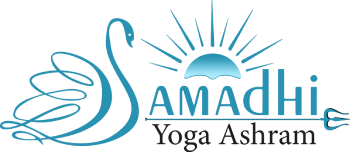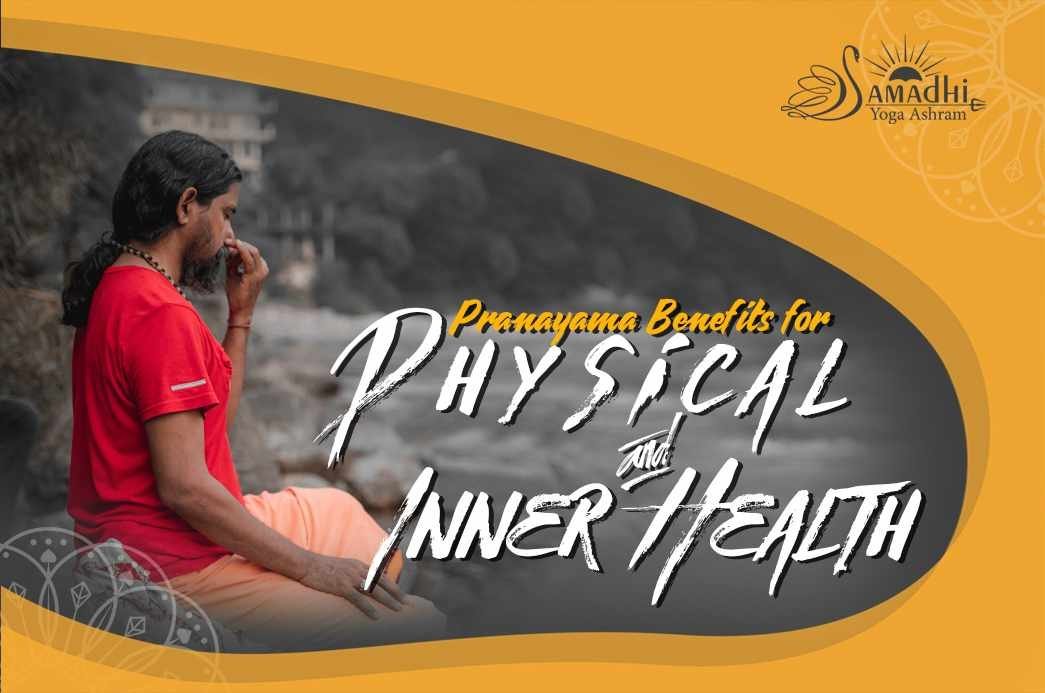The word Pranayama is not new to you if you are an ardent follower of Pranayama. It translates to breathing patterns and regulation. It is an important part of yoga. Ancient yogis have always believed that it can add years to the practitioner’s life. You must be wondering, what it means? Prana means ‘life’ and Yama, means ‘control.’ You inhale, exhale, and also hold your breath, during the Pranayama exercise. You may already know that Pranayama and yoga asanas together deliver the benefits of yoga. However, Pranayama is a separate entity in its own right, as well.
Before, you delve into the physical and emotional benefits of Pranayama, you must know about it in complete detail.
All About Pranayama Practices
Pranayama is a very old practice, that involves the control of your breath. You can actually time your breath, examine its frequency, and also ascertain the duration. The main goal of this breathing exercise is to establish a connection between the body and the mind. It also supplies the body, with a generous dose of oxygen. It also has numerous physiological benefits. Some of the most common Pranayama techniques are:
Nadi Shodhana or Alternate Nostril Breathing
This is the most common form of pranayama, which beginners and professionals alike, can practice. You can start with it, at any given point in your life. You can control your mind and emotions, by practicing this breathing technique, on a regular basis. You should sit in a comfortable position, before starting the practice. The thumb and ring fingers are actively used, to close one nostril, and breathe through the other. Close your right nostril with the thumb, and inhale through the left one. Close the left one, with your ring finger, and hold the breath for some seconds, and then exhale through the right one, after removing the thumb. You have to again inhale through the right nostril. Close both nostrils, with the thumb and the ring finger, respectively. Open the left one and release the breath. Pause and then inhale through it, again. You can repeat 5-10 cycles according to your capacity.Ujjayi Pranayama
It is another breathing technique, which is also popular as victorious breath. This technique allows you to calm the mind and focus on your breathing patterns. You can even synchronize your breath with body movements. In this technique, inhalation and exhalation happen through the nostrils. Ujjayi has a balancing influence on the cardiorespiratory system. It also releases frustration and irritation. Your mind will also become calm and composed. You need to close your mouth, while inhaling and exhaling through the nostrils. The inhalation should be slightly deeper, than the exhalation. You have to exhale through the nostrils, slowly. In this process, you also need to make a sound. You need to attempt a sound, that is similar to the one, when you blow out to fog a mirror. The sound of inhaling, is like the sound of water gathering and the sound of exhalation, is like the waves dashing on to one another. If you want to get the benefits of Ujjayi Pranayama on a physical level, it can definitely help you. Your respiratory efficiency increases manifold. The slow and rhythmic nature of Ujjayi breath, can soothe your nerves.Bhramari Pranayama
Also called the Humming Bee breathing, this is one of the asanas, which can instantly calm the mind. You can free your mind from agitation, with the help of this pranayama. When you exhale in this pranayama, you have to make the buzzing noise, that the bee makes. You can practice this anywhere. Just sit in a calm and comfortable position, close your eyes, and place your index fingers on the cartilage of your ears. You need to take a deep breath, while inhaling the air. And, make the buzzing or humming noise, as you breathe out. Moreover, you can continue with this breathing pattern, for 3-5 minutes. You will sense a feeling of relaxation, descend upon you. On a physical level, it can alleviate many types of headaches, apart from reducing your blood pressure. It also helps to build confidence. Do, remember to keep your mouth closed, while making the humming or buzzing sound, during exhalation.Bhastrika Pranayama
This is one of the most effective pranayama, that can help you to increase the flow of air through the body. It also ignites the internal fire inside the body and the mind. You can practice this regularly, if you want to get rid of the blockages in your respiratory organs or from your chest cavity. It is a highly suitable pranayama for respiratory illnesses and also removes inflammation from the throat. It also increases gastric fire. In order to practice this, you need to sit in a comfortable posture like Sukhasana. Take a deep breath and force out the breath from the nose. Breathe in with the same force, instantly. Inhale and exhale deeply, without any pauses. The abdomen should expand, as the diaphragm goes up during inhalation. When you breathe out, it is just the opposite. Strong sound emanates from the nasal passage, as you do this. You can do ten cycles, to get the maximum benefits. The pranayama also strengthens the nerves. You can try this in the monsoon season, to get rid of the phlegm.Summarizing The Benefits of Pranayama
You have read about some of the most important pranayama practices now. On an emotional or mental level, it decreases stress. Moreover, it does so by calming the nervous system. This in turn, allows you to sleep blissfully. When you slow down the breath rate and calm your mind, you tend to sleep better. Pranayama also helps you to practice mindfulness. You become aware of your breathing patterns. The regular practice also helps to increase the quantity of oxygen that passes through the body, and reduces the carbon dioxide levels. Your cognitive levels also improve. On a physical level, pranayama also improves respiratory prowess, digestion, and also reduces addictive cravings. It is the main component of yoga.











